Confidence motions can be a catalyst for Political Turmoil
- Rommel Rodrigues
- Jul 30, 2023

The monsoon session of Lok Sabha is presently underway
MUMBAI: In a democratic system, the concept of a No-Confidence Motion holds significant importance. It provides an opportunity for parliamentary members to hold the ruling party accountable for its actions or lack thereof. It also serves as a way for lawmakers to express discontent and bring about a change in government as and when necessary.
Essentially it is a parliamentary procedure through which members of the legislature express their lack of confidence in the government or a specific individual holding a position of power. The major feature of the motion is, it provides a platform for intense debates and discussions, highlighting the concerns and grievances of the opposition.
The process generally requires a minimum threshold of support from the members of parliament, usually specified in the parliamentary rules. Once the motion is tabled, it triggers a rigorous debate, often lasting several days, where the ruling party and the opposition present their arguments.
This crucial discussion can be a reflection of the larger political landscape, including corruption charges, policy failures, or any other reason deemed sufficiently substantial. If the motion receives majority support, it signals a lack of confidence in the ruling government. In such cases, the government is compelled to resign, leading to the formation of a new government or potentially triggering early elections.
No-confidence motions are not new and have been moved in Lok Sabha 27 times in the past, at 15, the highest number of no-confidence motions in independent India was moved against governments led by Indira Gandhi, and at least thrice governments have fallen during the vote on a 'motion of confidence'.
In 1979, even as the debate remained inconclusive and there was no voting during a no-confidence motion moved against the Morarji Desai government led to his resignation, in 1990 the VP Singh government lost the motion by 142 votes to 346 votes, after the BJP withdrew its support over the Ram Temple issue.
In 1997 the H D Devegowda government fell as 292 MPs voted against the government, while 158 MPs supported and the Atal Bihari Vajpayee government in 1999 fell during the vote of confidence by just one vote due to the withdrawal of the All India Anna Dravida Munnetra Kazhagam (AIADMK).
However, although a no-confidence motion acts as a check and balance mechanism, compelling the ruling party to answer for their actions or inactions, it can become a catalyst for political turmoil as a successful no-confidence motion can create a period of instability, especially.
For a long time, political analysts have argued that such a motion can be misused as a political tool to destabilize governments for personal gain. This raises concerns about the possibility of frequent political upheavals and their impact on governance and public welfare.
If for any reason the incumbent government loses the vote of confidence, and the opposition fails to gain majority support to form a new government, in scenario the nation can see several unnatural groups of parties joining hands and thus may result in multiple governments being formed and fallen in a short span of time. This will naturally result in a destabilized political and business environment in the country, thereby eliciting a negative perception to the global world. Investors' confidence will be hit and eventually, the country could plunge into negative growth.



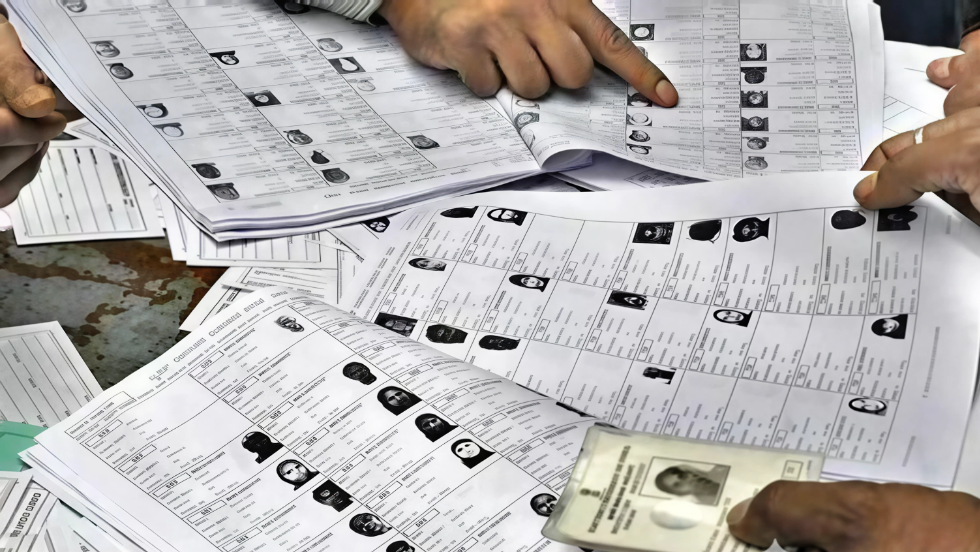
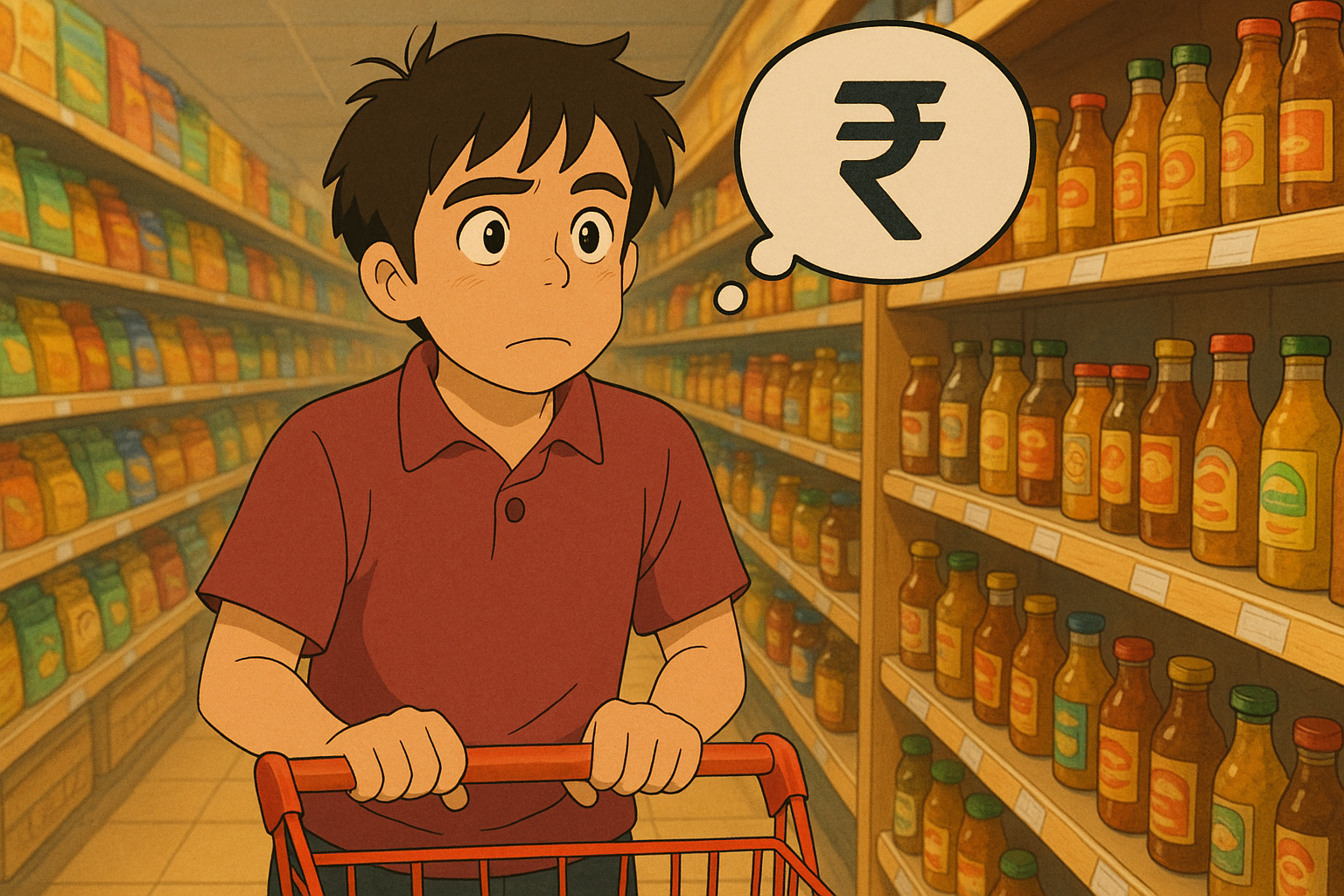
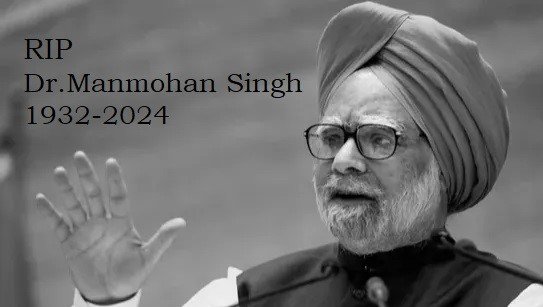
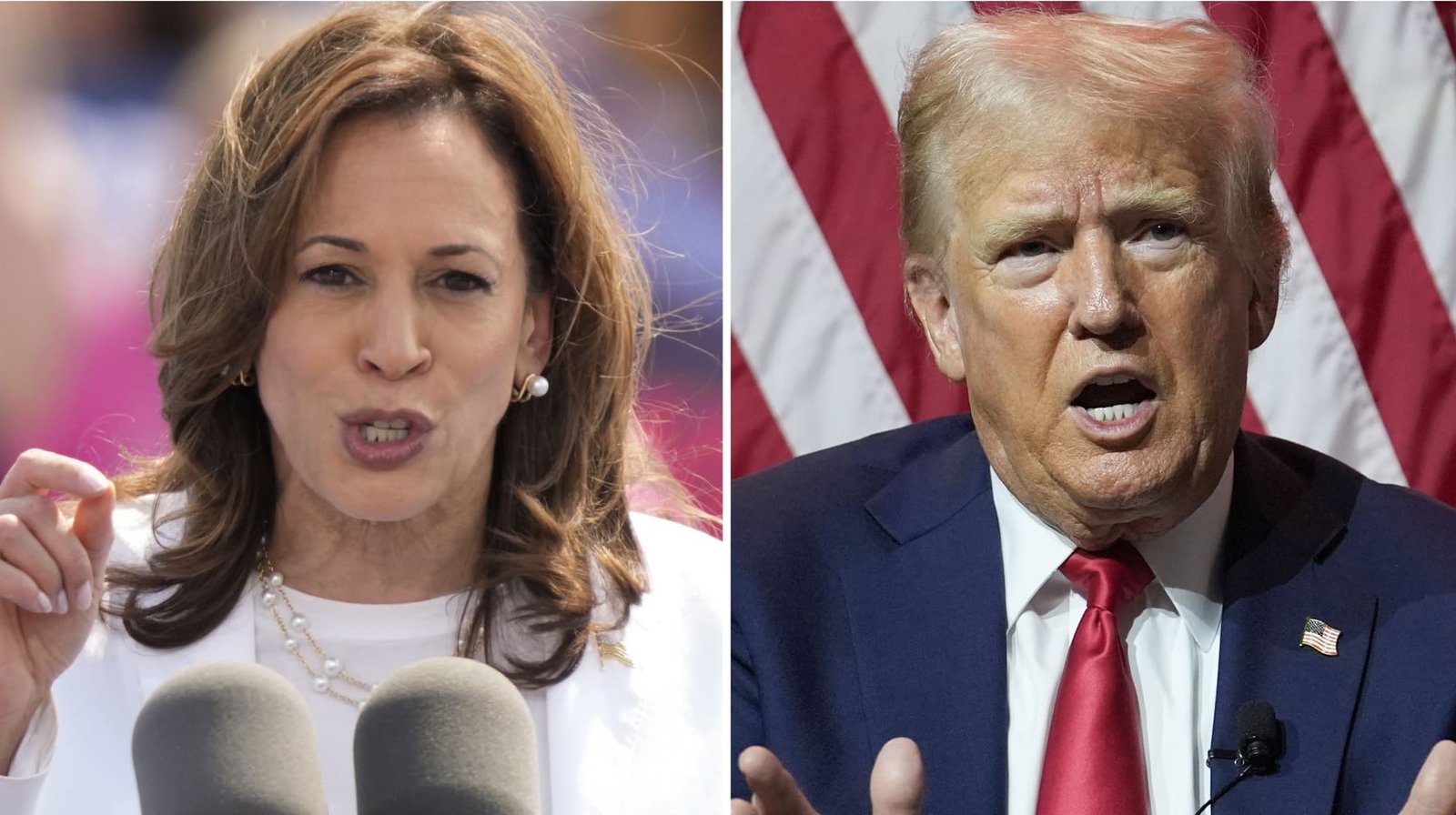
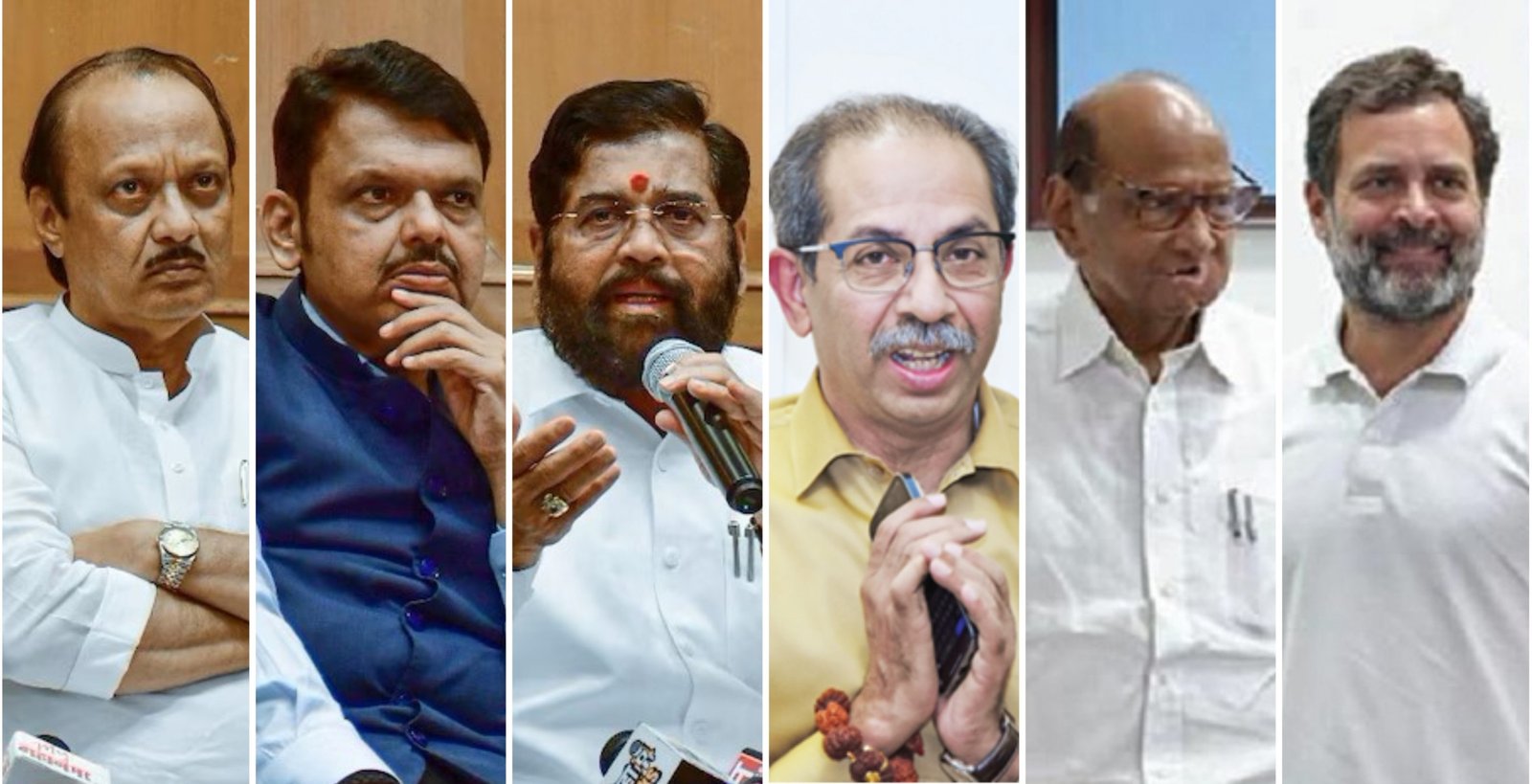
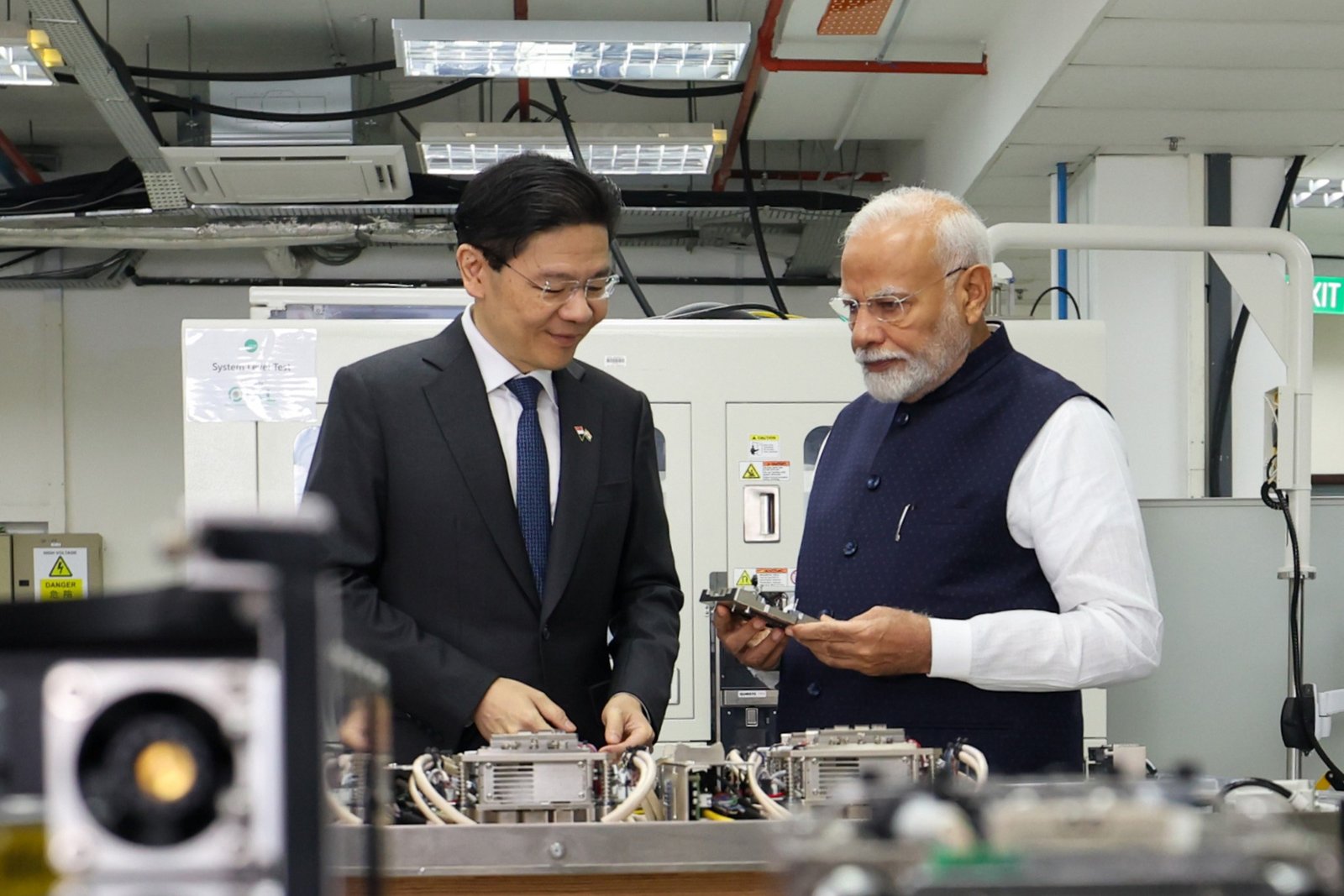
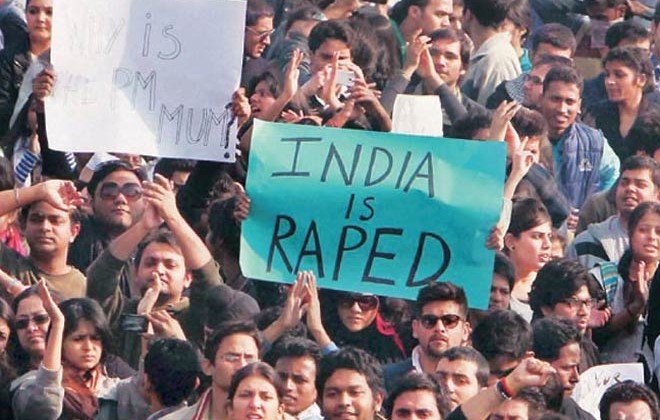
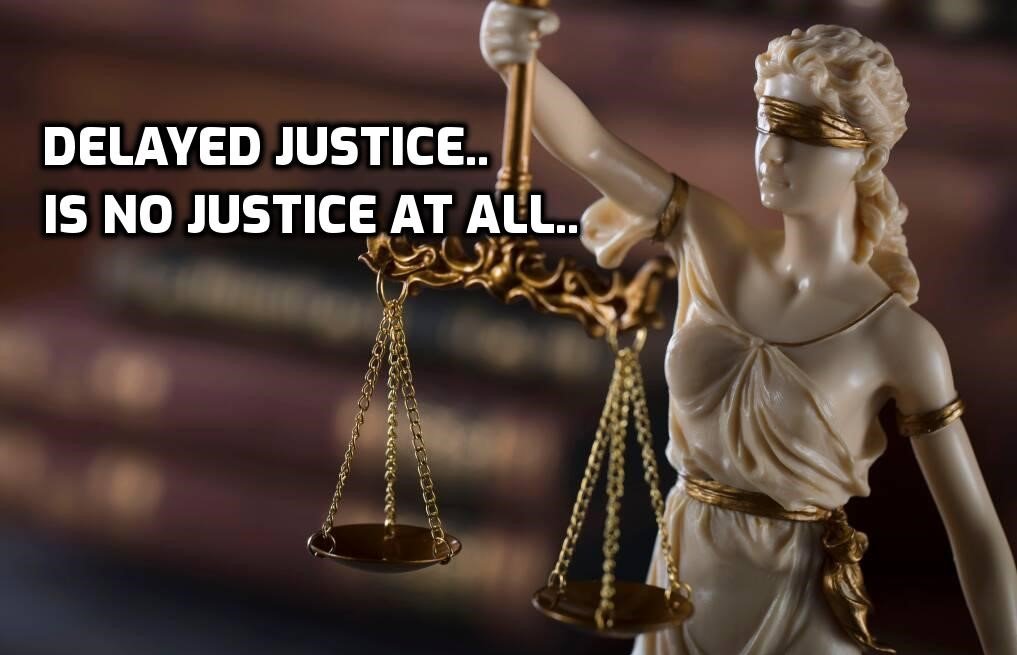
Reporter
Rommel is our Editor. He has close to three decades of experience in leading publishing houses including, Fortune India, Observer of Business & Politics, The New Indian Express etc.
View Reporter News